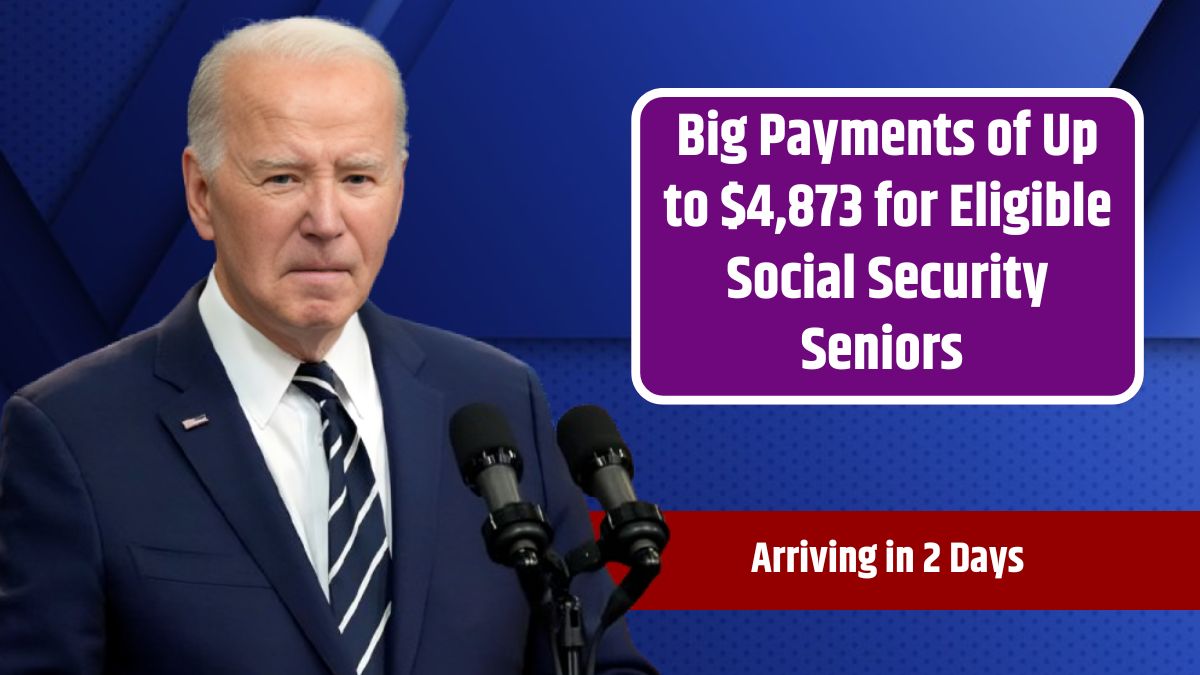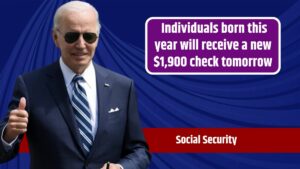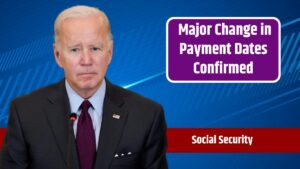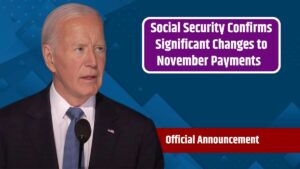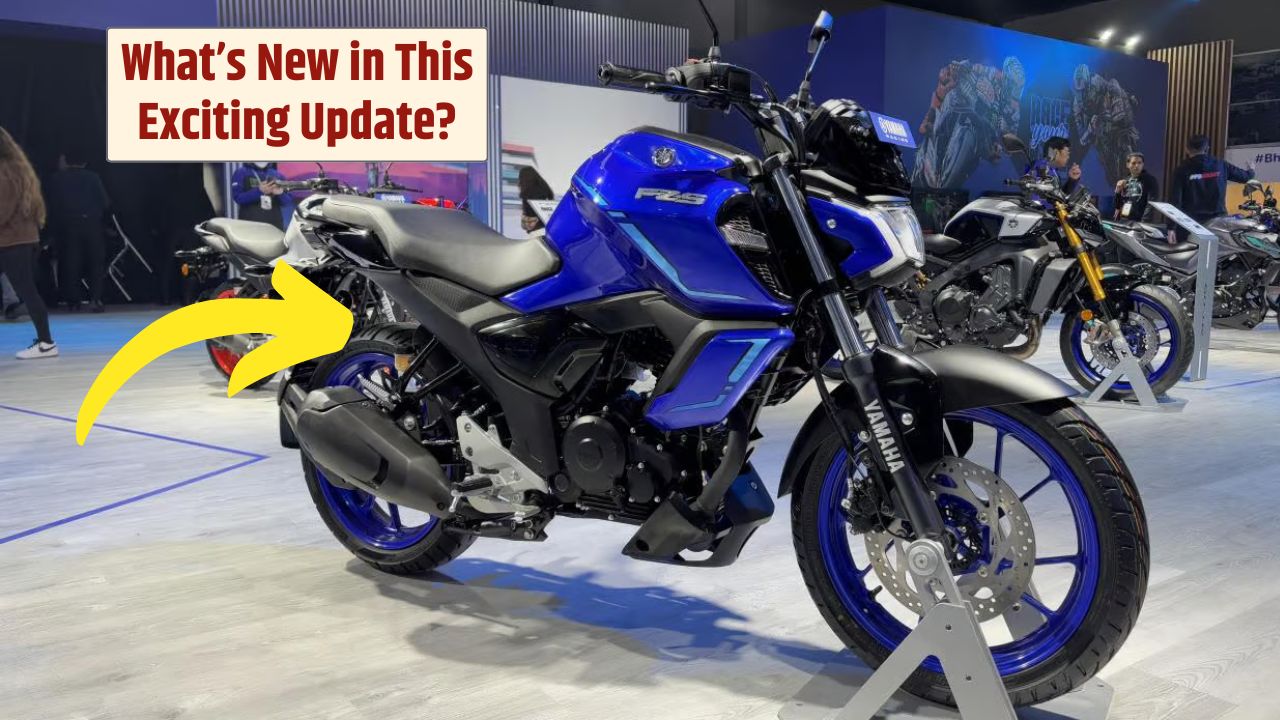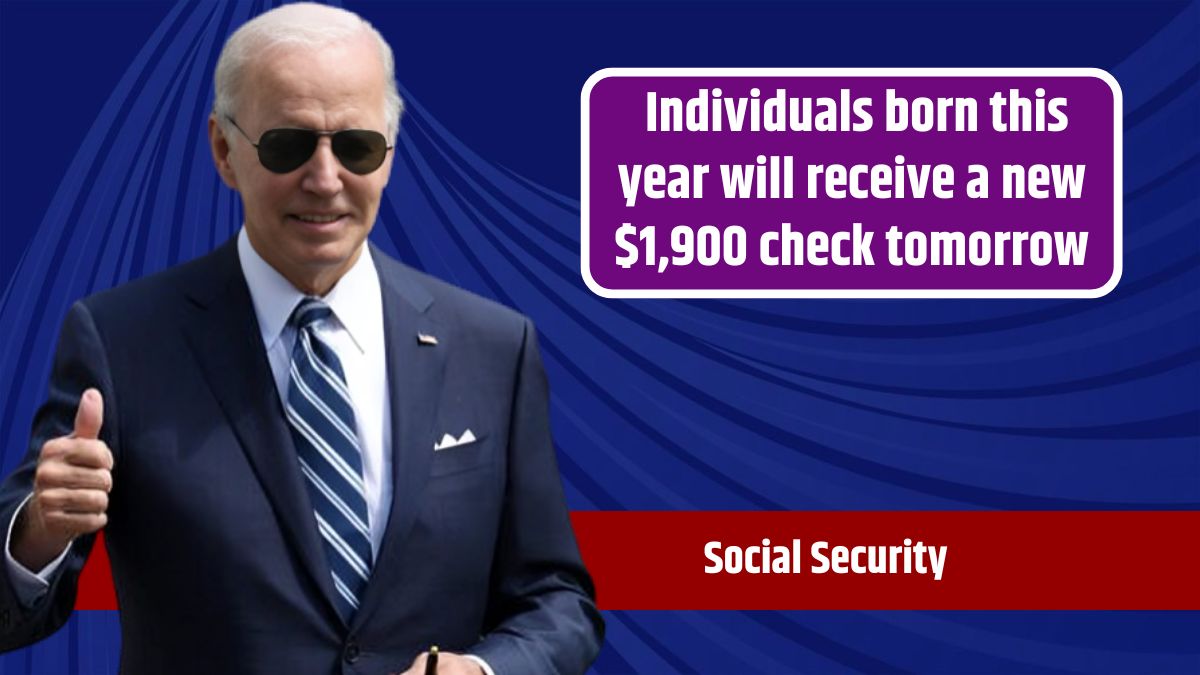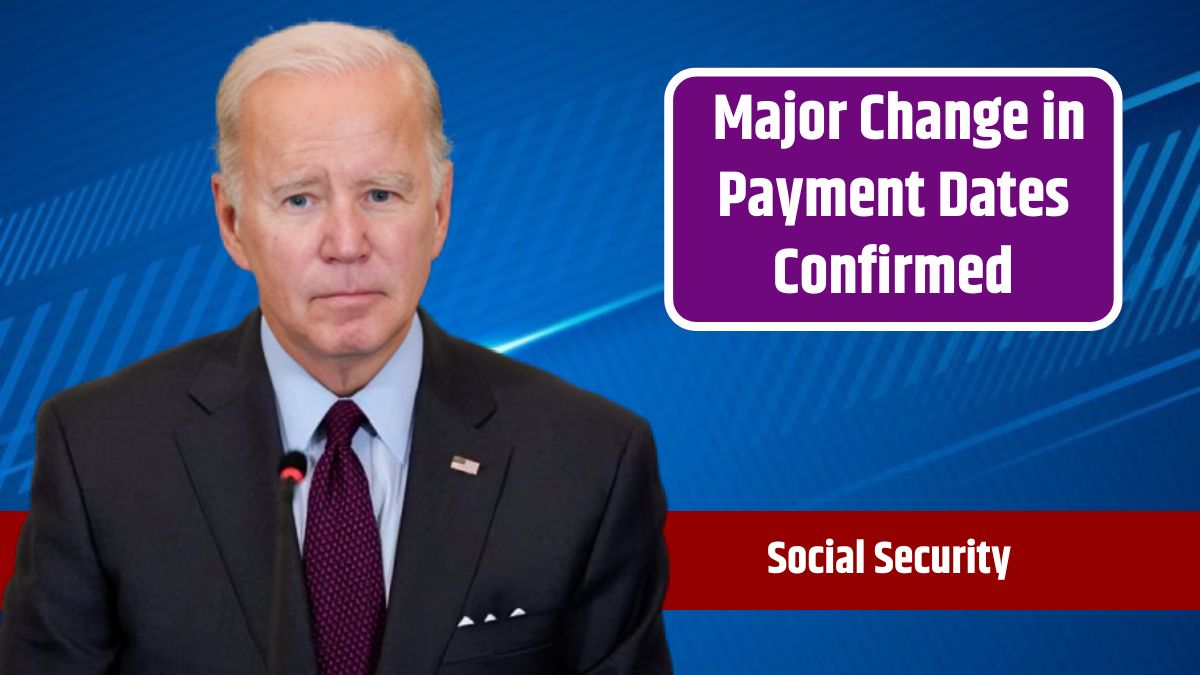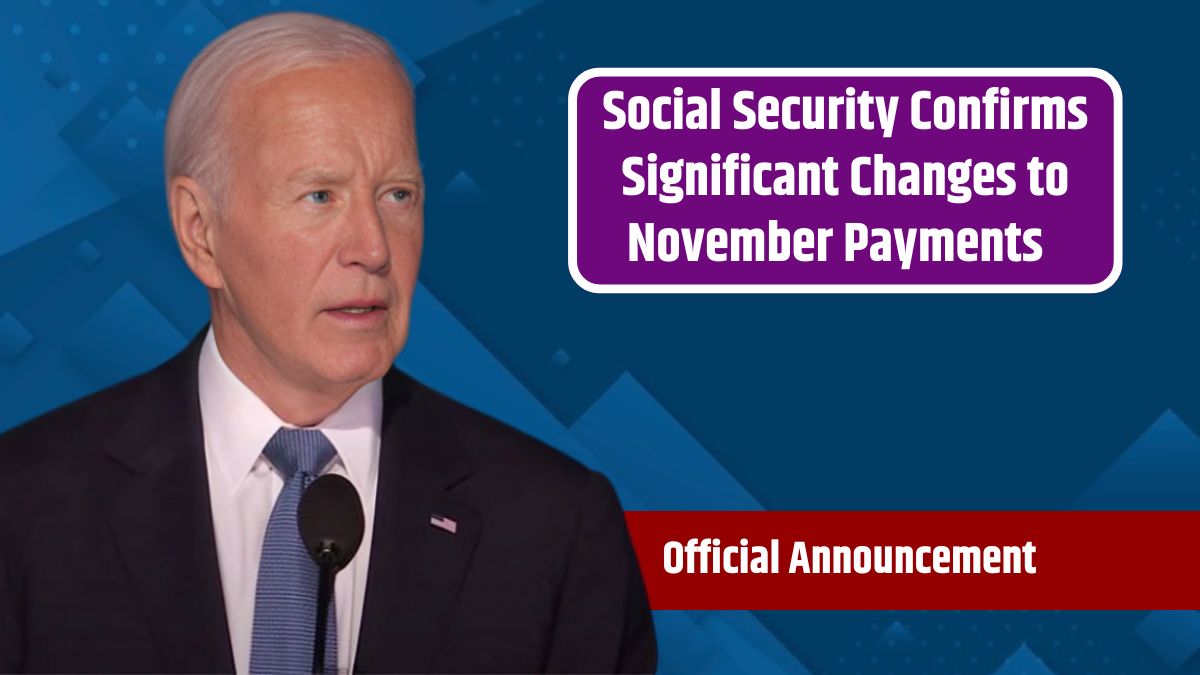On September 11, 2024, many seniors across the U.S. are set to receive a significant Social Security payment. This upcoming disbursement is especially important for those eligible for the maximum payment of up to $4,873.
However, qualifying for this high payout requires meeting several specific criteria. Here’s everything you need to know about whether you qualify for this upcoming payment and how the Social Security Administration (SSA) distributes payments throughout the month.
Who Qualifies
To qualify for the $4,873 Social Security payment on September 11, you must meet the following conditions:
- Work History: You need to have worked in jobs covered by the Social Security Administration and contributed through payroll taxes.
- Contribution to SSA: You must have paid sufficient payroll taxes in these jobs over your career.
- 35 Years of Employment: Generally, you must have worked for at least 35 years. This time frame may be longer depending on your work history.
- Maximum Taxable Earnings: To receive the maximum payout, you need to have earned the taxable maximum (the contribution benefit base) for at least 35 years.
- Delayed Retirement: You must have delayed applying for Social Security until age 70, which increases your monthly payment.
- Eligibility: You must remain eligible for Social Security by adhering to the SSA’s rules and guidelines.
In addition to these criteria, to receive your payment on September 11, you must have been born between the 1st and 10th of any month. This birthdate range determines the timing of your payment under the SSA’s monthly distribution schedule.
Who Won’t Receive
There are two groups of seniors who will not receive their Social Security payment on September 11:
- SSI Recipients: Those who also receive Supplemental Security Income (SSI) and already got their Social Security payment on September 3.
- Pre-May 1997 Beneficiaries: Those who began collecting Social Security retirement benefits before May 1997 and have already received their payments on the 3rd.
If you fall into one of these groups, you have already received your payment earlier this month.
Payments
If you don’t qualify for the September 11 payment, you may still receive your Social Security check later this month. The SSA follows a staggered schedule based on your birthdate:
- September 18: If your birthdate is between the 11th and 20th of any month, your next payment will arrive on this date. This applies if you did not receive a payment on September 3.
- September 25: Those born between the 21st and 31st of any month will receive their payment on this date.
Regardless of the specific payment date, the average Social Security check is $1,919. However, if you meet all the conditions, you could receive up to $4,873.
With payments scheduled for September 11, 18, and 25, many seniors will soon receive their Social Security benefits. To qualify for the maximum payment of $4,873, you need to meet stringent work and contribution requirements and have applied for benefits at age 70. Keep in mind, your payment date depends on your birthdate, so if you don’t qualify for the September 11 payment, your payout could still arrive later in the month.
FAQs
What is the maximum Social Security payment on September 11?
The maximum payment is $4,873, but only for those who meet specific criteria.
Who qualifies for the September 11 Social Security payment?
Those born between the 1st and 10th of any month and who meet SSA eligibility requirements.
What if I don’t receive my Social Security payment on September 11?
If you were born between the 11th and 31st, your payment will arrive on September 18 or 25.
Can I receive both SSI and Social Security?
Yes, but if you received Social Security on September 3 due to SSI, you won’t get another payment on September 11.
What is the average Social Security payment this month?
The average payment is $1,919, with maximum checks up to $4,873 depending on eligibility.
